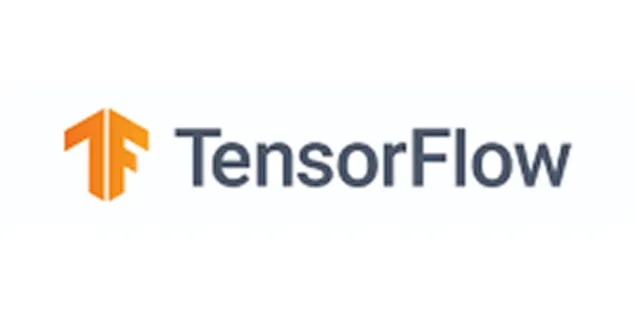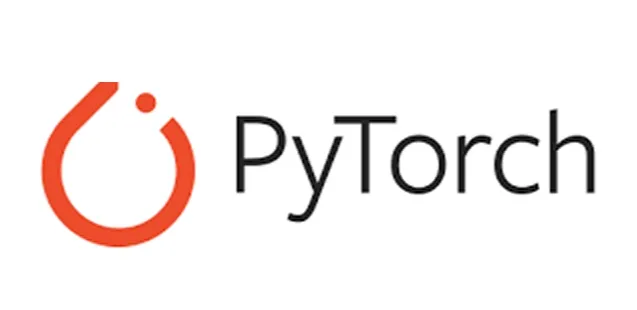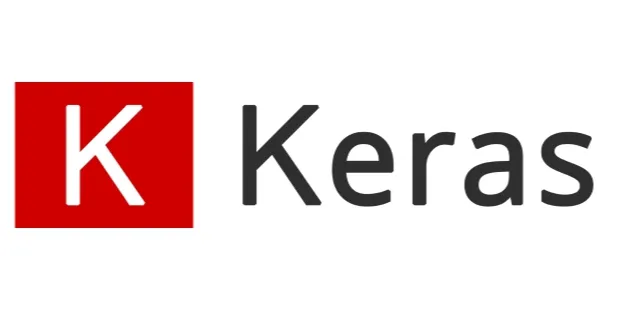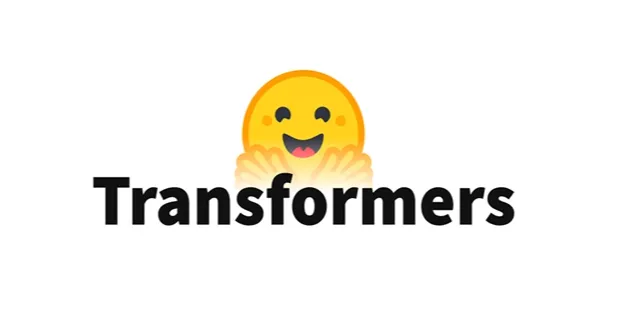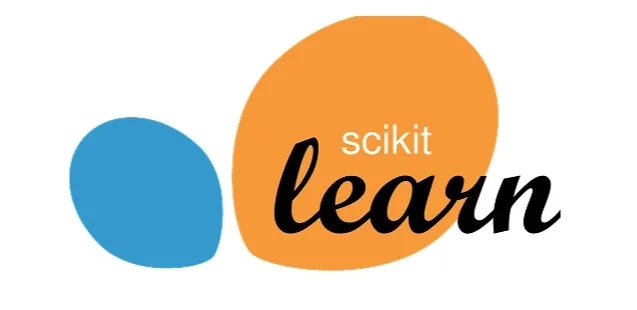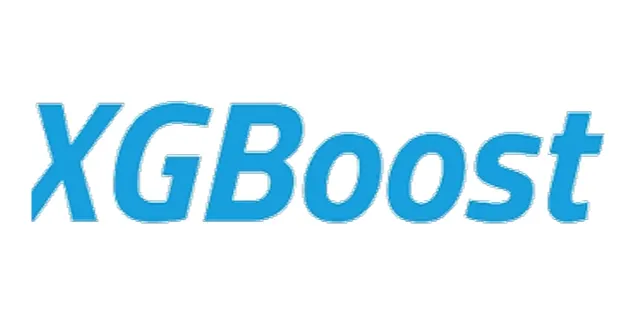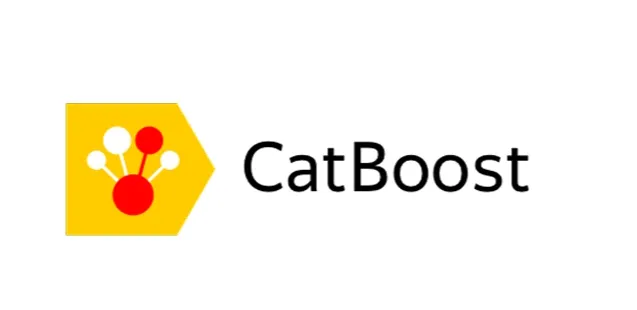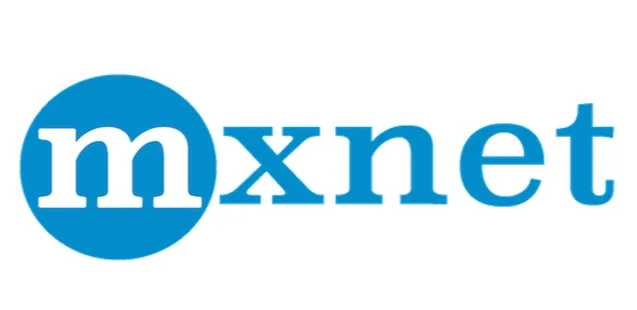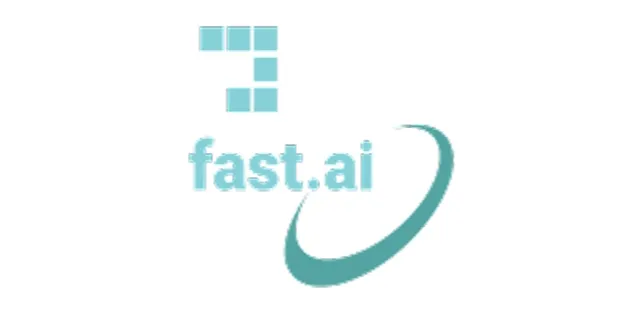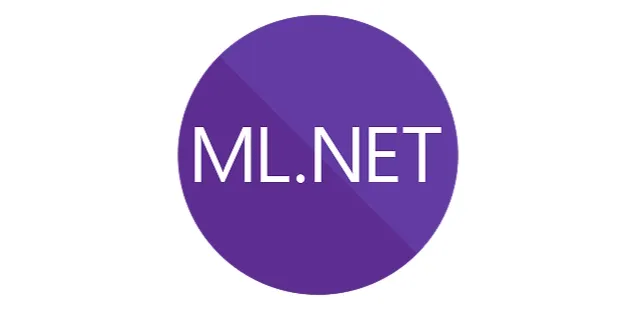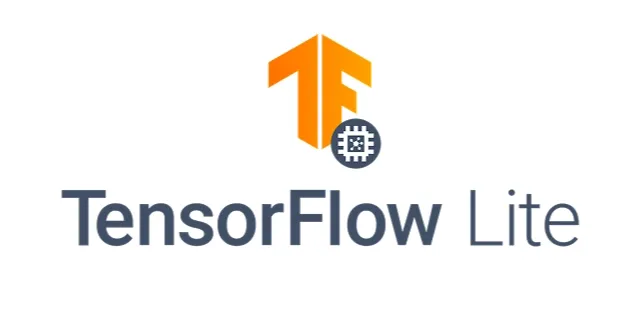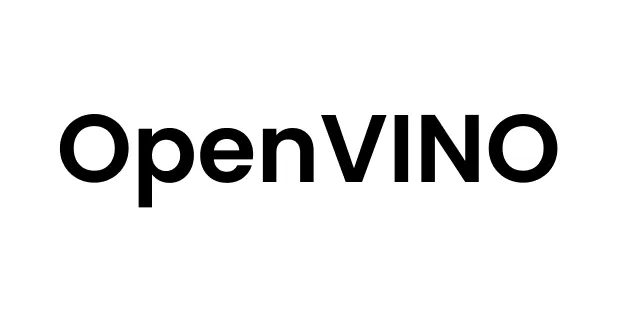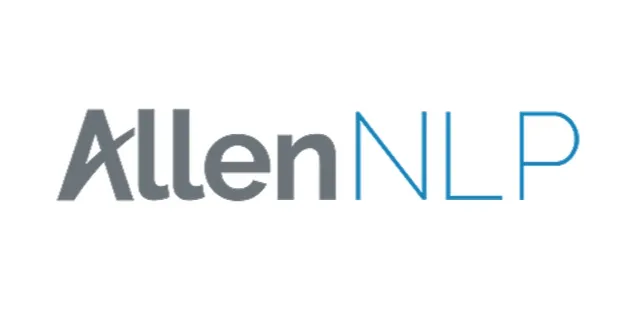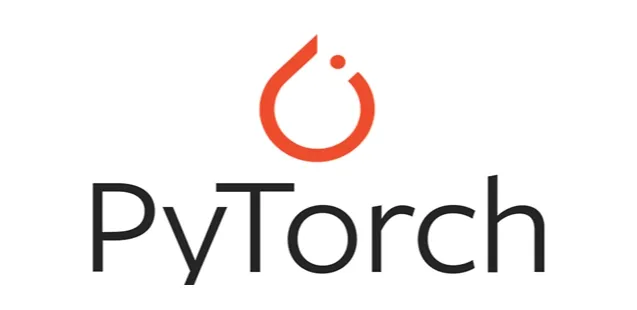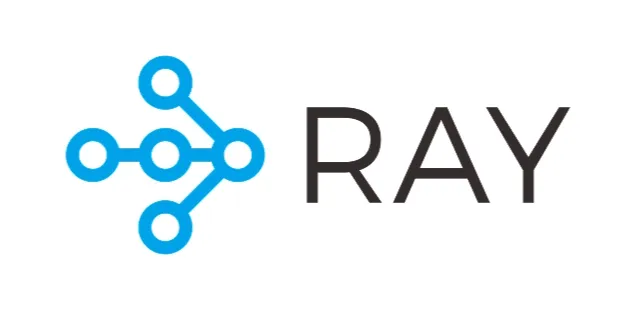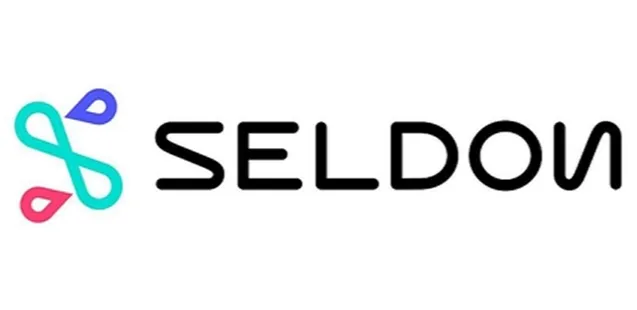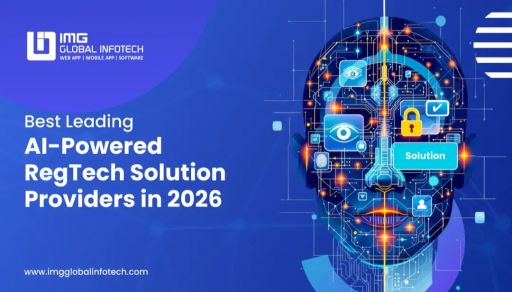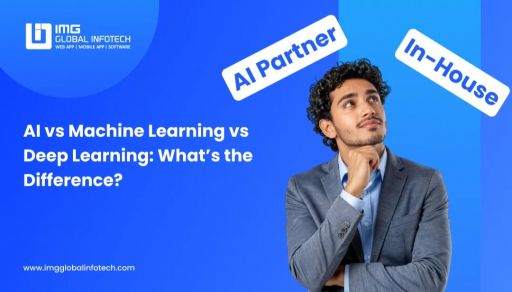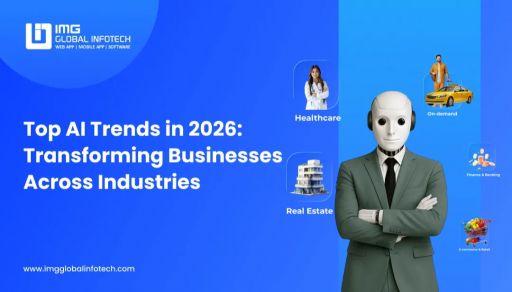AI Development Frameworks: Complete Guide For 2025
Dipti Singhal
Jun 17, 2025

Artificial Intelligence (AI) is no longer just a buzzword, it’s something we interact with almost every day. From voice assistants on our phones to personalized shopping suggestions and even smart cars, AI is changing how we live, work, and connect. But have you ever wondered what powers these smart systems behind the scenes?
That’s where AI development frameworks come in. AI frameworks are tools and libraries that help developers build, train, and run AI models more easily and efficiently. Instead of starting from scratch, developers use these frameworks to save time and focus on building better, faster, and smarter applications.
As AI continues to grow, there are more frameworks than ever, each designed for different needs, from simple machine learning tasks to advanced deep learning, natural language processing, and real-time AI at the edge.
In this blog, we’ll walk you through the most popular and powerful AI frameworks out there. We’ll explain what they do, types of ai frameworks, and how to choose the right one based on your goals. Whether you're new to AI or looking to upgrade your current tools, this guide is here to help you get started on the right path.
Types of AI Development Frameworks
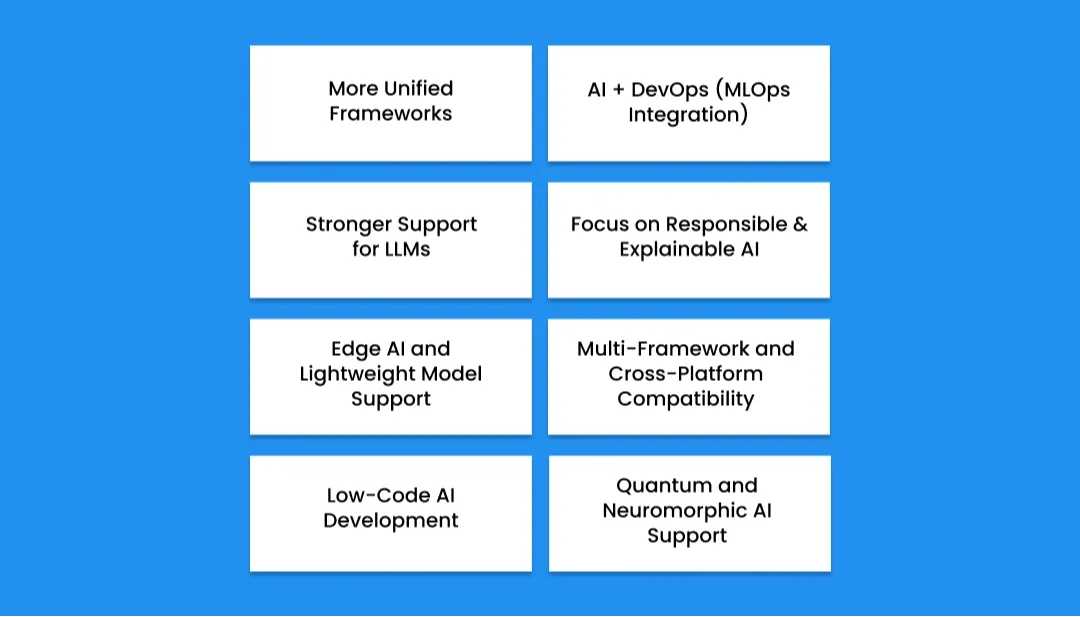
Best AI frameworks come in different types, depending on the kind of task or technology they’re designed for. Here are the main categories you should know:
1. Machine Learning (ML) Frameworks
These AI ML frameworks focus on traditional machine learning tasks like classification, regression, and clustering. They’re great for analyzing data, making predictions, and training models using structured data.
Popular Examples:
-
Scikit-learn
-
XGBoost
-
LightGBM
-
H2O.ai
-
ML.NET
2. Deep Learning Frameworks
Deep learning frameworks are used to create neural networks, which are good at recognizing patterns in images, speech, video, and more. They’re essential for building AI systems like facial recognition, autonomous vehicles, and AI-powered assistants.
Popular Examples:
-
TensorFlow
-
PyTorch
-
Keras
-
JAX
-
Apache MXNet
3. Natural Language Processing (NLP) Frameworks
These AI frameworks are built for working with human language, understanding, generating, or translating text and speech. They help to build AI chatbots, translation tools, and voice assistants.
Popular Examples:
-
Hugging Face Transformers
-
spaCy
-
AllenNLP
-
Flair
4. Edge AI & Embedded Frameworks
These frameworks of AI are made for running AI on small devices like smartphones, cameras, or IoT gadgets where cloud computing isn't always available. They’re lightweight and optimized for low power usage.
Popular Examples:
-
TensorFlow Lite
-
OpenVINO
-
MediaPipe
-
NVIDIA Jetson SDK
5. AutoML Frameworks
AutoML tools automate the process of selecting and training machine learning models. They’re great for users who don’t have deep AI knowledge but still want to build smart applications.
Popular Examples:
-
Google AutoML (Vertex AI)
-
AutoKeras
-
H2O AutoML
-
Auto-sklearn
6. Model Serving & Deployment Frameworks
Once your AI model is trained, these frameworks help you serve it to users in real-time. These open source AI frameworks handle deployment, scalability, and performance so your app can deliver fast results.
Popular Examples:
-
TorchServe
-
Triton Inference Server
-
Ray Serve
-
Seldon Core
7. Interoperability & Conversion Frameworks
These tools allow models to be shared or used across different AI frameworks or platforms. They help in converting models between formats or deploying them across devices.
Popular Examples:
-
ONNX (Open Neural Network Exchange)
-
OpenML
-
NNEF
Top 15+ AI Development Frameworks in 2025
With AI being used everywhere from chatbots and virtual assistants to self-driving cars and smart cameras, choosing the right AI framework is key. Here are some of the most popular and powerful AI frameworks list trusted by AI developers for hire and companies today:
1. TensorFlow
A popular open-source framework by Google used for building machine learning and deep learning models. Great for both research and production.
2. PyTorch
Developed by Meta (Facebook), PyTorch is known for its flexible and user-friendly approach. It’s widely used in both academic research and real-world applications.
3. Keras
A high-level API that runs on top of TensorFlow. It’s beginner-friendly and perfect for quick model building and prototyping.
4. JAX
Created by Google, JAX is known for fast numerical computing and supports machine learning research with automatic differentiation and GPU/TPU acceleration.
5. Hugging Face Transformers
This library offers state-of-the-art pre-trained models for natural language processing (NLP) tasks like translation, summarization, and chatbots.
6. Scikit-learn
Perfect for traditional machine learning like classification, regression, and clustering. It's simple and widely used in data science.
7. XGBoost
A fast and powerful framework for gradient boosting used in many ML competitions and real-world tabular data problems.
8. LightGBM
Developed by Microsoft, it’s another fast gradient boosting framework optimized for performance and speed.
9. CatBoost
Built by Yandex, it handles categorical data extremely well and is very accurate out of the box.
10. Apache MXNet
A flexible and efficient deep learning framework, once favored by Amazon for its scalability and performance.
11. FastAI
Built on top of PyTorch, FastAI is great for developers who want to build powerful models quickly with minimal code.
12. H2O.ai
An enterprise-ready platform offering AutoML and machine learning tools for building scalable AI models without deep coding skills.
13. ONNX (Open Neural Network Exchange)
Not a training framework, but a format that allows models to move between frameworks like TensorFlow and PyTorch easily.
14. ML.NET
A machine learning framework by Microsoft, designed for .NET developers to build AI models in C# and F#.
15. TensorFlow Lite
A lightweight version of TensorFlow built for mobile devices and edge AI applications like wearables and IoT.
16. OpenVINO
Intel’s toolkit to deploy high-performance AI models on edge devices using CPUs, GPUs, and VPUs.
17. AllenNLP
A PyTorch-based platform designed for researchers building models in natural language processing.
18. TorchServe
Built by AWS and Meta, TorchServe helps you deploy PyTorch models in production quickly and efficiently.
19. Ray Serve
Part of the Ray ecosystem, it’s designed to serve machine learning models at scale with high performance.
20. Seldon Core
An open-source Kubernetes-based platform that helps you deploy and manage thousands of ML models at once.
How to Choose the Right AI Framework?
With so many AI frameworks available today, picking the right one can feel overwhelming—especially if you’re new to AI development. But don’t worry! Here are some key points to help you decide which framework suits your needs best:
1. Know Your Project Goals
Start by asking yourself:
-
Are you building a chatbot, a recommendation system, or an image recognition app?
-
Do you need to process text, images, audio, or structured data?
2. Consider Your Experience Level
-
If you’re a beginner, choose something easy to learn like Keras or FastAI.
-
If you have coding experience or want more control, go with PyTorch or TensorFlow.
3. Think About Deployment Needs
-
Do you want to run your AI model on the cloud, on mobile, or at the edge (like a smart camera)?
-
If yes, look into TensorFlow Lite, ONNX, or OpenVINO for edge and mobile deployment.
4. Look at Community & Support
- A framework with a large, active community means you’ll find more tutorials, plugins, updates, and support.
- Popular choices like TensorFlow and PyTorch have strong communities and lots of learning resources.
5. Check for Speed and Scalability
If you’re building a large-scale application or need high-speed training, pick a framework that supports GPU/TPU acceleration and parallel processing like JAX, PyTorch, or TensorFlow.
6. Open Source vs Enterprise Tools
-
Open-source frameworks (like PyTorch, TensorFlow, or Scikit-learn) are free and customizable.
-
Enterprise tools (like H2O.ai or Google AutoML) may offer extra features but come with a cost.
7. Do You Need AutoML
If you don’t have a team of data scientists or AI experts, consider using AutoML tools like AutoKeras, Google Vertex AI, or H2O AutoML. These automate much of the heavy lifting.
Future Trends in AI Framework Development

As artificial intelligence keeps evolving, so do the tools and frameworks that power it. In 2025 and beyond, AI frameworks are expected to become even smarter, faster, and more accessible. Here are some key trends shaping the future of AI development companies:
1. More Unified Frameworks
Developers want simplicity. We’re seeing a rise in platforms that combine model building, training, deployment, and monitoring—all in one place. Tools like Hugging Face, Vertex AI, and SageMaker are leading this shift toward full-stack AI platforms.
2 Stronger Support for LLMs
Frameworks are quickly adapting to handle LLMs like GPT, BERT, and custom generative AI models. Expect built-in tools for fine-tuning, optimizing, and safely deploying these massive models. Adopting an LLM evaluation framework makes it easier to measure performance, accuracy, and safety before deployment.
3. Edge AI and Lightweight Model Support
As more devices go “smart,” frameworks will continue optimizing models to run on low-power, on-device systems. Tools like TensorFlow Lite, OpenVINO, and MediaPipe will see more innovation for mobile, IoT, and wearables.
4. Low-Code AI Development
AI development is becoming more accessible to non-programmers. Expect frameworks with drag-and-drop interfaces and visual workflows to grow, powered by platforms like Lobe, Google AutoML, and H2O.ai.
5. AI + DevOps (MLOps Integration)
Deploying and managing AI models will become as smooth as managing code. Future frameworks will have tighter integration with MLOps tools for version control, model monitoring, auto-scaling, and rollback.
6. Focus on Responsible & Explainable AI
Frameworks will include more built-in tools for transparency, fairness, and accountability. Features for model interpretability, bias detection, and ethical auditing will become standard.
7. Multi-Framework and Cross-Platform Compatibility
Open standards like ONNX will make it easier to move models between frameworks (e.g., from PyTorch to TensorFlow) or deploy across devices and environments without rewriting code.
8. Quantum and Neuromorphic AI Support
Some advanced frameworks are beginning to support future tech like quantum computing simulators and brain-inspired chips (neuromorphic computing), which could reshape how AI models are trained and executed.
Conclusion
AI development frameworks have become the backbone of modern AI solutions provided by artificial intelligence development company. Whether you're building smart chatbots, image recognition systems, or real-time recommendation engines, the right framework can make your work faster, easier, and far more effective.
As AI continues to grow in 2025 and beyond, staying updated with the latest trends in frameworks will help you build better, more scalable, and more ethical AI solutions. No matter your experience level or industry, there's an AI framework out there that can bring your ideas to life.
Dipti Singhal is a skilled Content Writing Specialist at IMG Global Infotech, with strong expertise in creating engaging, SEO-optimized content for various industries. She focuses on blending storytelling with effective keyword strategies to help businesses connect with their audience and improve their online visibility. Passionate about delivering high-quality content that drives real results, Dipti plays an essential role in strengthening the company’s digital presence.


